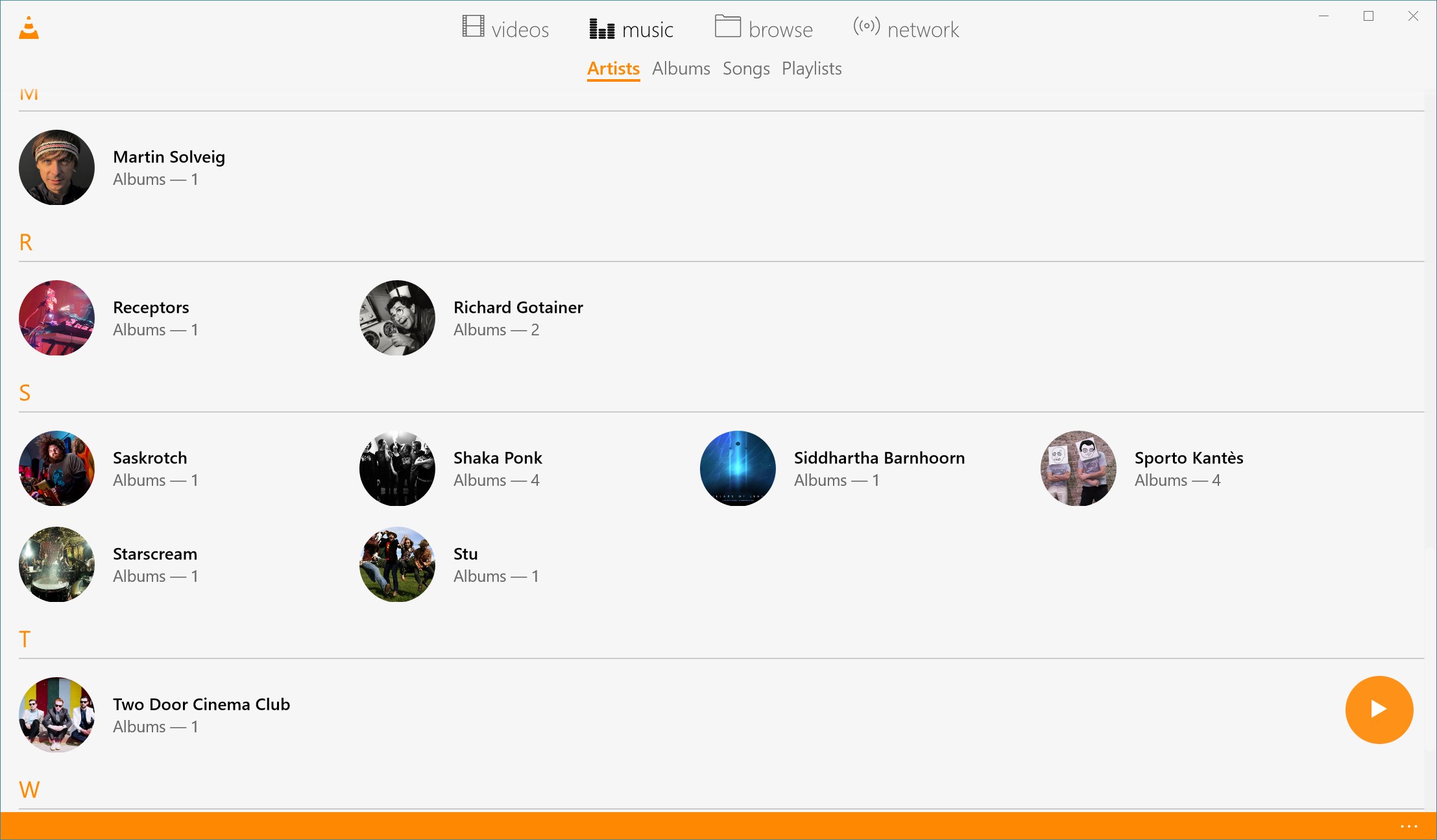VLC UWP

VLC UWP: A Comprehensive Journey into the Universality of Media Playback
In the ever-changing realm of technology, one application has consistently stood its ground in handling media files across diverse operating systems – VLC Media Player. But this article doesn't just address the classic VLC that we all know and love. In this deep dive, we explore the revolutionary VLC Universal Windows Platform (UWP), which ensures a seamless media player experience across all Windows devices.
Understanding the Essence of UWP
The Universal Windows Platform is a unique architecture designed by Microsoft. It's a platform-homogeneous application architecture created to facilitate applications' operation on different Windows 10 devices like PCs, tablets, smartphones, Xbox One, HoloLens, and more.
This cross-platform adaptability ensures that software engineers can create versatile apps that operate effectively, regardless of the Windows device. VLC UWP is the product of this application development platform, aiming to deliver the most user-friendly and universal media player experience.
The VLC UWP Approach
While the traditional VLC app was designed to be simple and lightweight, the UWP version of VLC aims to maintain these, but with a more streamlined and universal approach. This version was created to cater specifically for Windows 10 users, providing fluid compatibility with all Windows devices.
With an interface that adjusts to the device it's installed on, VLC UWP ensures smooth operation whether on your touch-based Windows tablet or using Xbox One's controller. Furthermore, it largely retains the popular features from the classic VLC app, such as superior media compatibility and extensive customization options.
The Edge of VLC UWP
The biggest advantage of VLC UWP lies in its seamless adaptability on all platforms running on Windows 10. Whether it’s on a 4-inch mobile screen or beaming through the Xbox on your 50-inch TV, VLC UWP delivers the same, streamlined experience. This adaptability is backed by the consistency in the features it offers, allowing users to enjoy media playback however they choose.
VLC UWP’s adaptive interface maintains a consistent design yet caters to each device's strengths. This is particularly noticeable on devices like Xbox One, which benefit from larger displays, and the Surface Hub, designed for multi-touch use.
Furthermore, under the hood, VLC UWP retains the classic VLC's ability to play a broad range of media file formats. It supports virtually any video or audio file you throw at it, making it a versatile solution for all your media playback needs.
Future Prospects of VLC UWP
As UWP continues to be Microsoft's focus in the development of the Windows 10 ecosystem, VLC UWP is likely to keep improving. It's foreseeable that more features and improvements will be rolled out to further solidify its position as the go-to media player for Windows users.
In conclusion, VLC UWP represents a thoughtful step towards realising a truly universal application that spans across all Windows 10 devices. By maintaining VLC's core strengths and combining that with the fluid adaptability of UWP, it’s clear that this version of VLC goes above and beyond to deliver a user experience that aligns with the modern mobility of users over multiple devices.


 The best app store 1
The best app store 1